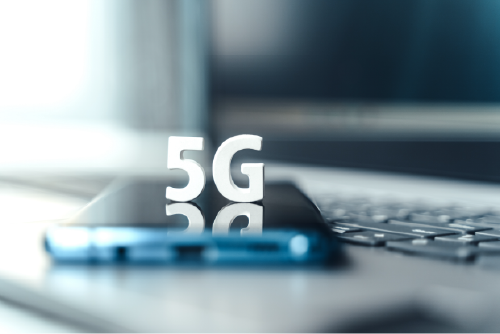How 5G Changes VPN Technology

How 5G Changes VPN Technology: Lower Latency, Edge Computing, and New Security Challenges
As 5G technology rolls out globally, it promises transformative changes across industries, including the world of Virtual Private Networks (VPNs). With ultra-fast speeds, lower latency, and the rise of edge computing, 5G presents both opportunities and new security challenges for VPN providers and users alike.
5G Infrastructure and Its Impact on VPN Performance
5G networks significantly reduce latency and increase data transfer speeds compared to 4G LTE. This has a direct effect on VPN performance in several ways:
- Lower Latency: 5G reduces data transmission delays, making VPN connections more responsive. This improvement is especially beneficial for real-time applications like video conferencing, online gaming, and VoIP services.
- Higher Bandwidth: VPNs can now support more data-heavy activities, such as streaming high-definition video, without noticeable slowdowns.
- Improved Reliability: With better network stability, VPN connections experience fewer drops and interruptions, enhancing the overall user experience.
Edge Computing and Its Role in VPNs
Edge computing is a critical component of 5G infrastructure. It involves processing data closer to the source of generation rather than relying solely on centralized cloud servers. This shift has profound implications for VPN technology:
- Faster Data Routing: By reducing the distance data must travel, edge computing minimizes latency, making VPN connections faster and more efficient.
- Localized Encryption: VPNs can implement encryption protocols closer to the user, enhancing security and reducing the risk of data breaches during transit.
- Dynamic VPN Server Allocation: Edge computing enables VPN providers to deploy servers in more locations, offering users greater flexibility and optimized performance.
New Privacy and Security Challenges with 5G
While 5G brings performance benefits, it also introduces new security risks that VPNs must address:
- Increased Attack Surface: The vast number of devices connected to 5G networks, including IoT devices, creates more potential entry points for cyberattacks.
- Advanced Threats: Faster data speeds can be exploited by malicious actors to execute attacks more quickly and on a larger scale.
- Network Slicing Vulnerabilities: 5G allows for network slicing—creating virtual networks within the physical infrastructure. While efficient, it also poses new risks if not properly secured.
Emerging VPN Technologies for the 5G Era
To adapt to 5G's advancements, VPN providers are developing new technologies and protocols:
- Lightweight Encryption Protocols: Optimized for high-speed networks, these protocols maintain strong security without adding latency.
- Decentralized VPNs (dVPNs): Utilizing blockchain and peer-to-peer technologies, dVPNs offer enhanced privacy and resilience against censorship.
- AI-Powered Security: Integrating artificial intelligence to detect and respond to threats in real-time, ensuring proactive protection.
The advent of 5G marks a pivotal shift in how VPN technology operates. While it enhances speed, reduces latency, and enables innovative applications like edge computing, it also demands new approaches to security and privacy. VPN providers must evolve to meet these challenges, ensuring that users can enjoy the benefits of 5G without compromising their online safety.